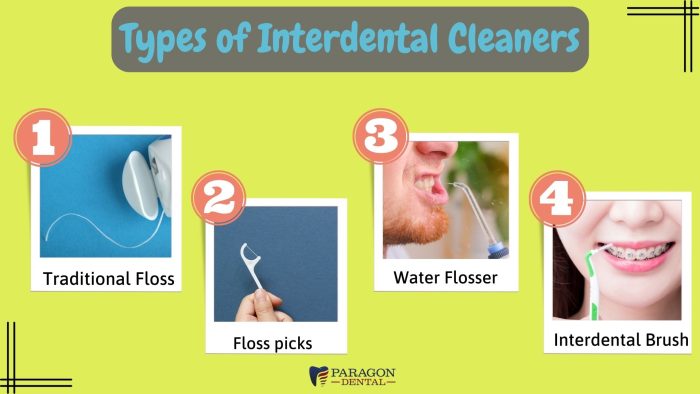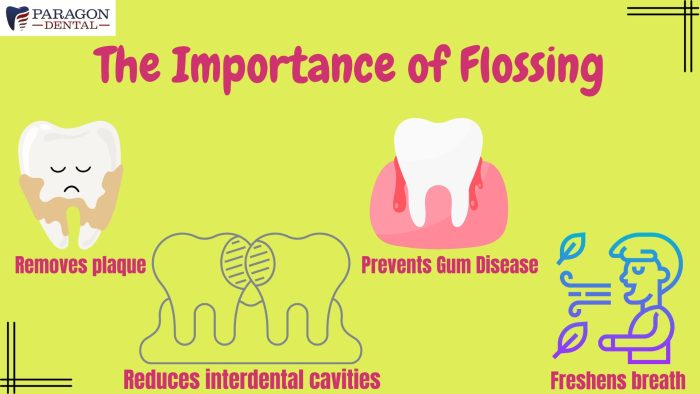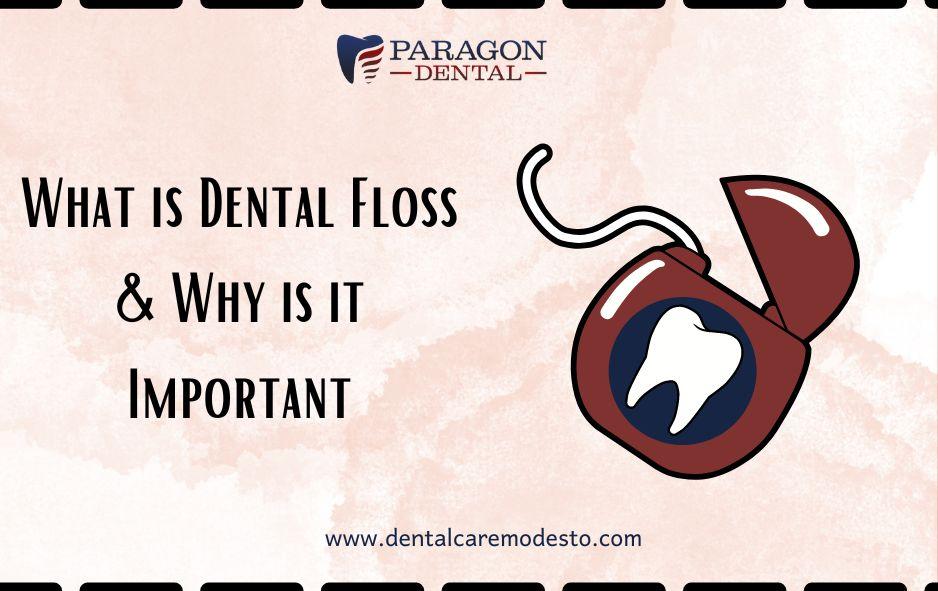We’ve all been taught since childhood about the importance of brushing our teeth. It’s ingrained in us, almost second nature. But what if we told you there’s another superhero in the realm of oral care, an unsung hero often overlooked? Enter flossing—the undercover agent that works tirelessly to ensure your dental health reaches new heights.
Brushing your teeth is important, no doubt about it. But here’s a secret: flossing is just as crucial. While brushing tackles the visible surfaces, flossing dives into the hidden spaces between your teeth.
In this blog, we’ll learn what dental floss is, its available types in the market, their alternatives, and why it is crucial to incorporate flossing into your oral care routine. Get ready to unlock the secret to a remarkable smile and embark on this exciting journey with us. Your teeth and gums will thank you for it.
Interdental Cleaners:
Interdental cleaners are specialized tools designed to clean the spaces between teeth and effectively remove plaque and debris for optimal oral hygiene.

A) Dental floss: It is a thin filament that effectively removes plaque and debris from between teeth and along the gumline. It can reach tight spaces and is suitable for individuals with minimal gaps between their teeth. Flossing requires proper technique and consistency to be effective. There are two types of floss available in the market.
- Floss Picks: Floss picks, also known as flossers or floss sticks, consist of a small plastic handle that holds a short piece of floss between two prongs. They are convenient for one-handed use and have pre-attached floss, eliminating the need to wrap the floss around your fingers.
- Traditional Floss: Traditional floss comes in the form of a long strand of floss, usually made of nylon or similar material. It requires manual wrapping of the floss around your fingers and maneuvering it between your teeth using your fingers or a floss threader.
B) Water Flossers: Water flossers, also known as oral irrigators, use a stream of water to clean between teeth and along the gumline. They are particularly beneficial for people with braces, implants or those who prefer a gentle alternative to traditional flossing.
C) Interdental Brushes: Interdental brushes have small bristled heads that resemble tiny toothbrushes. They are designed to clean the spaces between teeth and around dental work like bridges or implants. Interdental brushes come in various sizes to accommodate different interdental spaces.
The Importance of Flossing:
Flossing your teeth is of utmost importance for maintaining optimal oral health. While brushing cleans the surfaces of your teeth, flossing targets the areas between your teeth and along the gumline, that are difficult to reach with a toothbrush. Here are the key reasons why flossing is crucial:

- Removes Plaque and Tartar: Flossing helps remove plaque, a sticky film of bacteria that forms on teeth. If left undisturbed, plaque can harden into tartar, which can only be removed by a dental professional. Flossing disrupts plaque buildup, preventing tartar formation and reducing the risk of gum disease and tooth decay.
- Prevents Gum Disease: Gum diseases are caused by the accumulation of bacteria and plaque along the gumline. They result in bleeding gums, teeth loosening, and ultimately its fall. Flossing removes these harmful substances, reducing the risk of gum disease progression.
- Reduces Cavities: Flossing helps remove food particles and plaque from between teeth, areas where cavities often develop. By eliminating plaque, flossing helps prevent the demineralization of tooth enamel and the formation of cavities.
- Freshens Breath: Food particles lodged between teeth can contribute to bad breath. Flossing helps remove these particles, reducing the presence of odor-causing bacteria and promoting fresher breath.
Conclusion:
Now that you have gained a comprehensive understanding of dental floss, its significance in maintaining oral health, and the various types of interdental cleaners available in the market, you are well-equipped to elevate your oral hygiene routine.
In our next blog, we will shift our focus to the correct techniques for using these tools effectively. Stay tuned as we explore the proper methods for achieving optimal results and maximizing the benefits of flossing.
FAQs:
- Should you floss before or after brushing?
Ans: The recommended order is to floss before brushing. Flossing first helps remove food particles and plaque from between the teeth and along the gumline. This allows the toothbrush and toothpaste to reach more surfaces of the teeth and provide a more thorough cleaning during brushing. - How often should you actually floss?Ans:Flossing at least once a day is highly recommended, preferably before brushing at night. The reason behind this is that there is low salivary flow at night, which can increase the risk of cavities if food particles remain trapped between teeth.
- How far into the gums should floss go?Ans: When flossing, it is important to gently guide the floss between your teeth and slightly below the gumline. You should aim to reach the point where the floss contacts the tooth surface and the gumline. However, it is crucial to be gentle and avoid forcing the floss too deeply into the gums, as this can cause discomfort or injury.
Ready to get the dental care that you need?
Call us now for an appointment at (209) 548-0100, or come by our clinic at Paragon Dental, 1108 Oakdale Road, Suite A, Modesto, California 95355.
At Paragon Dental, we strive to provide high-quality dental care to our patients. If you’re experiencing any dental issues, don’t hesitate to schedule an appointment with us.
Contact us today to book your appointment and take the first step towards a healthier smile.
https://www.dentalcaremodesto.com/blogs/dental-floss-importantance/
